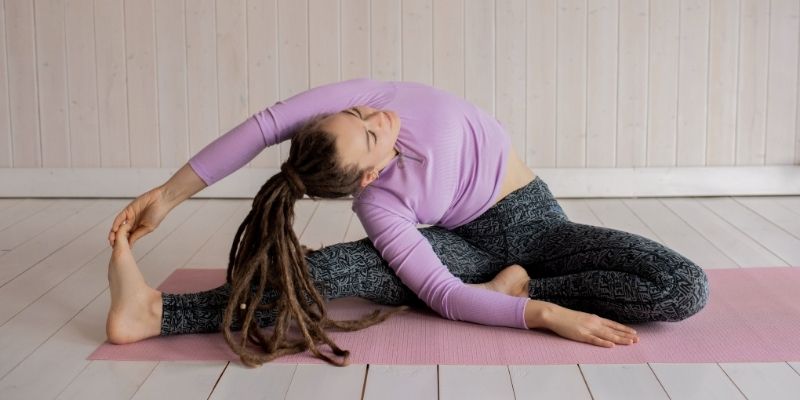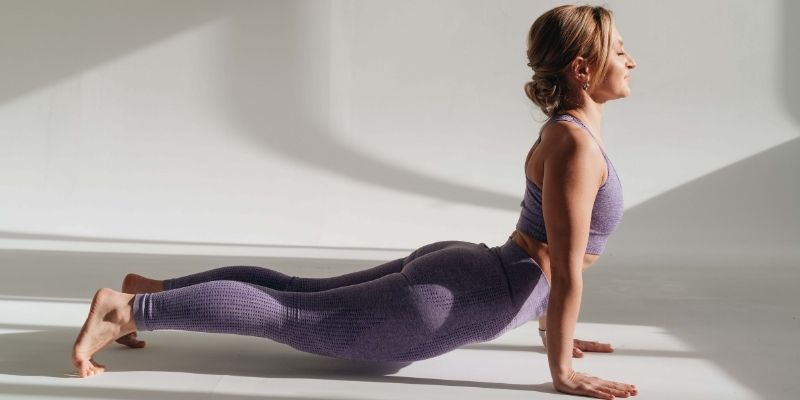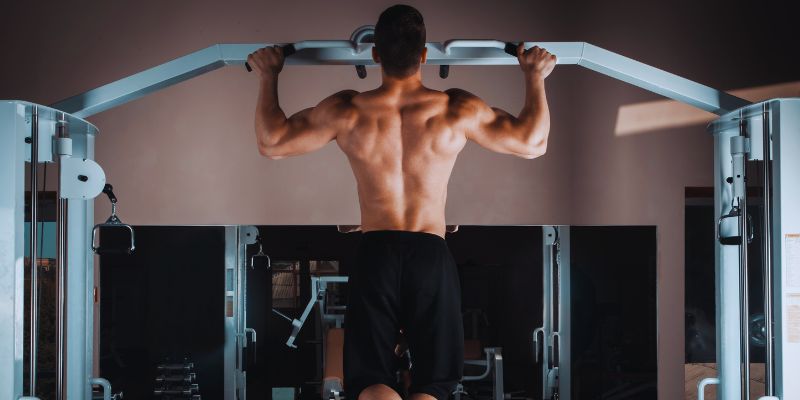Fitness depends on flexibility, something that strength and cardio training often ignore. It lets your joints move easily, reducing exercise and daily activity injuries. When your joints and muscles are flexible, your body moves more naturally. Flexibility enhances posture, alignment, and coordination by reducing muscle tension and discomfort. Flexibility improves your comfort and performance in all spheres, regardless of your job—that of athlete or desk worker.
Older people and inactive lifestyles lessen flexibility. One may have stiffness, aches, strains, or falls. Consistent maintenance helps one to develop and maintain flexibility at any age. You might add flexibility training into your daily routine without spending hours stretching. A few daily deliberate actions may add up. Not to do the splits overnight; the goal is to gradually increase your mobility, prevent stiffness, and experience better movement throughout your life.

What influences flexibility?
Flexibility depends on age, genes, gender, exercise level, muscle temperature, etc. While women and younger individuals are more flexible, most people are more flexible when younger. Still, consistent work may have great results. Active muscles are more adaptable than idle ones; so, they may shorten and tighten. Therefore, a lazy lifestyle may quickly lower the range of motion and stiffen joints.
Muscle temperature counts as well. Warm-up always starts with flexibility exercises as warm muscles stretch better and safer. Stretching your cold muscles may shred you. Flexibility training should be done carefully, as medical conditions or muscle imbalances may restrict it. Knowing these basic elements helps you modify your stretching program to fit your body's needs and restrictions, ensuring safe progress.
When transitioning from dynamic to static stretching
Stretching is different. Both dynamic and static stretching offer many advantages and should be used at different times. Dynamic stretching warms joints and muscles under controlled actions. Among examples are body twists, arm circles, and leg swings. Perfect for pre-workout programs, these exercises boost blood flow and progressively elongate muscles. Dynamic stretches help athletes increase mobility by working muscles before performance.
Static stretching extends the muscle for twenty to sixty seconds. This is best done after workouts when muscles are warm and more flexible. Static stretches help muscles relax and elongate their fibres, promoting healing and pain prevention. Including both kinds of stretching in your routine increases flexibility and makes the most use of the finest techniques at the right moment.
Daily activities encourage flexibility
Daily practices help to increase flexibility; elaborate exercises or gym memberships have little effect. Over time, standing every hour, stretching during TV commercials, or morning yoga might increase mobility. Simple motions may stimulate tight joints and blood flow, such as touching your toes, stretching upward, or spinal twist. Over time, little, regular efforts pay off greatly.
Diet, sleep, and hydration all impact flexibility. Dehydrated muscles cramp; hydrated connective tissues remain flexible. Lean proteins, omega-3s, and leafy greens, among other anti-inflammatory foods, help muscle repair and maintain joint health. The development of flexibility depends critically on rest and stress reduction. These habits help to create a flexible, pain-free body capable of overcoming daily challenges.
A sustainable stretching schedule
One does not have to find a tough stretching regimen. Spend ten minutes daily on the hamstrings, calves, hip flexors, shoulders, and back. Your body is more relaxed during morning and evening exercises; hence, they are better. Choose stretches aiming at tight areas that feel comfortable. Consistency is more important than intensity, as excessive pressure might induce micro-tears or discomfort.
Stretch using the activities you like to keep motivated. To stay focused, turn on soothing music, stretch while watching TV, or employ guided videos. More range of motion, less stress, and better posture will all follow from enhanced flexibility. Keeping track of your development in an app or notepad could help you be accountable. Like any other workout, flexibility will become a lifelong habit that pays dividends.
Mind-Body Connection: Flexibility Boosts Mental Health
Flexibility exercises strengthen the body and mind. By triggering the parasympathetic nervous system, stretching helps to lower cortisol and stress. As in meditation, deep breathing reduces muscle tension and calms the body while you stretch. Many find that stretching helps them to feel grounded, calmer, and clearer. Mental release is rather important in our fast-paced, screen-heavy surroundings.
Combining stretching and mindfulness, yoga and tai chi help with mental wellness. They increase emotional resilience, physical awareness, and anxiety-lowering power. Daily physical interaction helps you focus on inner peace instead of outside worries. In minutes, conscious stretching may help to relax mental or occupational tension. Training in flexibility turns into both a physical and a mental wellbeing tool.
Avoiding Obstacles and Consistency
Though they might be interesting, flexibility objectives are not always straightforward. Sometimes your body feels tight even with continuous effort. Normal and influenced by weather, stress, sleep, and hydration. Respect the state of your body; avoid pushing, stretching, or measuring yourself against others. Overstretching or bouncing might damage and slow down development. Pay attention to your body, adjust, and focus on the journey, not the result.
Being continuous is difficult, especially when life becomes wild. Discover little techniques to keep ahead and avoid slipping behind. Five minutes before bed is better than missing one day. Create goals, use reminders, or choose a stretching partner to stay responsible. To keep inspired, celebrate little successes such as better posture, deeper lunges, and touch-through ability. Training in flexibility honours self-care, patience, and tenacity.

Conclusion
Many times, exercise ignores flexibility, which enhances movement and mood. While lessening pain and suffering, flexibility improves posture, performance, and joint health. With simple, consistent daily activities, it is attainable for everyone at all fitness levels. A sustainable and enjoyable workout results from knowing flexibility problems and including dynamic and static stretching into your program.
Flexible exercise increases mobility, helps you reach your toes, and makes you feel more at ease. It guides you to live gracefully and connects physical health to mental clarity. Commit and take little, deliberate steps. Over time, flexibility will grow to be a habit and will be vital for your health.












